Turns out, we may not know our extragalactic neighbors as well as we thought.
One of the promises held forth with the purchase of our first GoTo telescope way back in the late 1990s was the ability to quickly and easily hunt down ever fainter deep sky fuzzies. No more juggling star charts and red headlamps, no more star-hopping. Heck, it was fun to just aim the scope at a favorable target field, hit ‘identify,’ and see what it turned up.
One of our more interesting ‘discoveries’ on these expeditions was NGC 2419, a globular cluster that my AstroMaster GoTo controller (featuring a 10K memory database!) triumphantly announced was an ‘Intergalactic Wanderer…’
Or is it? The case for NGC 2419 as a lonely globular wandering the cosmic void between the galaxies is a romantic and intriguing notion, and one you see repeated around the echo chamber that is the modern web. First observed by Sir William Herschel in 1788 and re-observed by his son John in 1833, the debate has swung back and forth as to whether NGC 2419 is a true globular or—as has been also suggested of the magnificent southern sky cluster Omega Centauri—the remnant of a dwarf spheroidal galaxy torn apart by our Milky Way. Lord Rosse also observed NGC 2419 with the 72-inch Leviathan of Parsonstown, and Harlow Shapley made a distance estimate of about 163,000 light years to NGC 2419 in 1922.

Today, we know that NGC 2419 is about 270,000 light years from the Sun, and about 300,000 light years from the core of our galaxy. Think of this: we actually see NGC 2419 as it appeared back in the middle of the Pleistocene Epoch, a time when modern homo sapiens were still the new hipsters on the evolutionary scene of life on Earth. What’s more, photometric studies over the past decade suggest there is a true gravitational link between NGC 2419 and the Milky Way. This would mean at its current distance, NGC 2419 would orbit our galaxy once every 3 billion years, about 75% the age of the Earth itself.
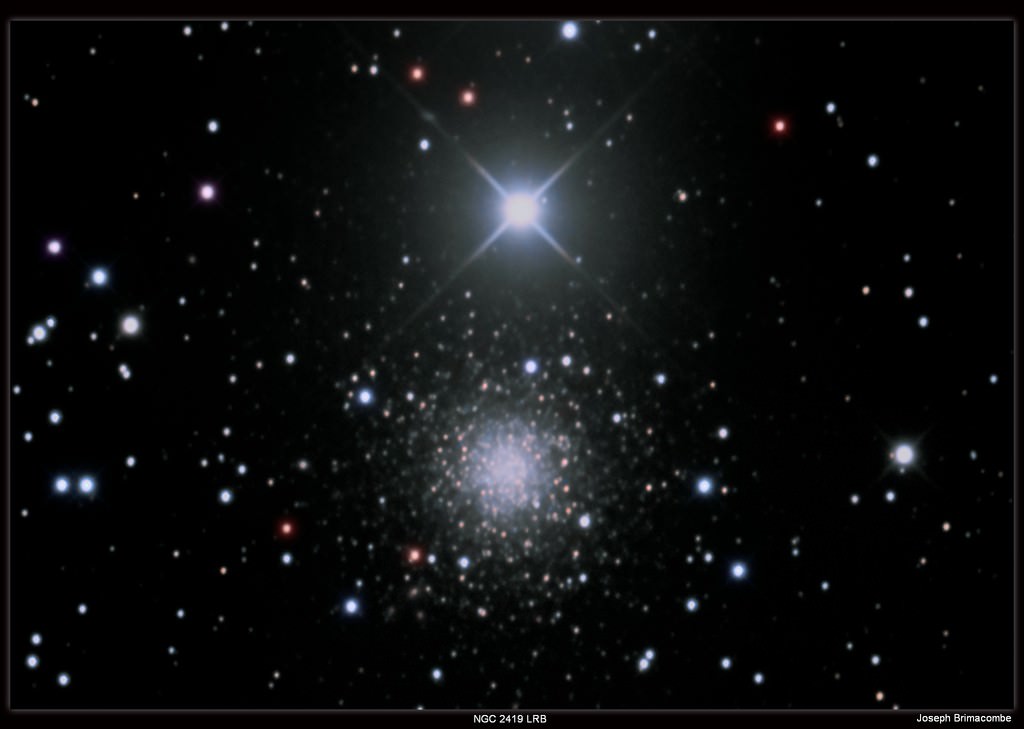
This hands down makes NGC 2419 the distant of the more than 150 globular clusters known to orbit our galaxy.
At an apparent magnitude of +9 and 6 arc minutes in size, NGC 2419 occupies an area of the sky otherwise devoid of globulars. Most tend to lie towards the galactic core as seen from our solar vantage point, and in fact, there are no bright globulars within 60 degrees of NGC 2419. The cluster sits 7 degrees north of the bright star Castor just across the border of Gemini in the constellation of the Lynx at Right Ascension 7 Hours, 38 minutes and 9 seconds and declination +38 degrees, 52 minutes and 55 seconds. Mid-January is the best time to spy NGC 2419 when it sits roughly opposite to the Sun , though June still sees the cluster 20 degrees above the western horizon at dusk before solar conjunction in mid-July.
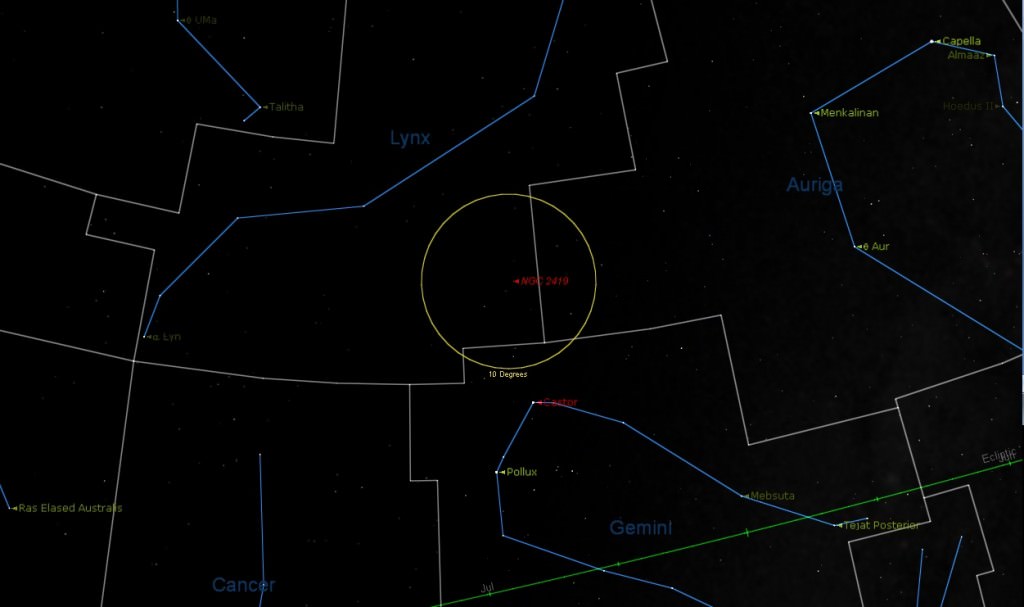
We know globular clusters (say ‘globe’ -ular, not “glob’ -ular) are some of the most ancient structures in the universe due to their abundance of metal poor, first generation stars. In fact, it was a major mystery up until about a decade ago as to just how these clusters could appear to be older than the universe they inhabit. Today, we know that NGC 2419 is about 12.3 billion years old, and we’ve refined the age of the Universe as per data from the Planck spacecraft down to 13.73 (+/-0.12) billion years.
What would the skies look like from a planet inside NGC 2419? Well, in addition to the swarm of hundreds of thousands of nearby stars, the Milky Way galaxy itself would be a conspicuous object extending about 30 degrees across and shining at magnitude -2. Move NGC 2419 up to 10 parsecs distant, and it would rival the brightness of our First Quarter Moon and be visible in the daytime shining at magnitude -9.5.
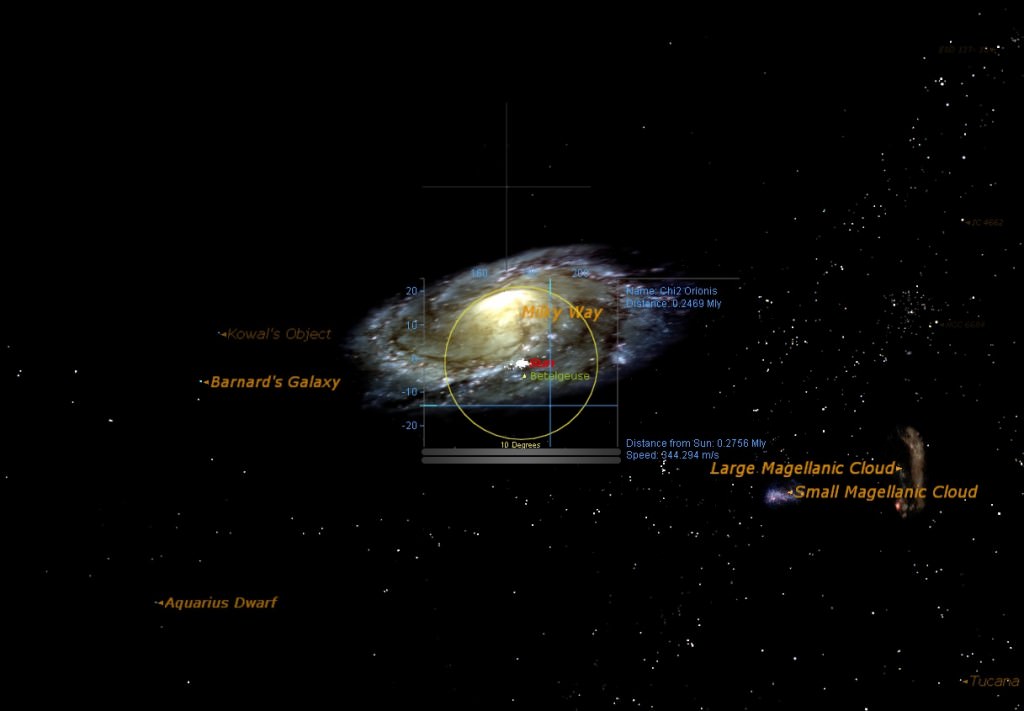
And ironically, another 2007 study has suggested that the relative velocity of Large and Small Magellanic Clouds suggest that they may not be bound to our galaxy, but are instead first time visitors passing by.
And speaking of passing by, yet another study suggests that the Milky Way and the Andromeda galaxy set on a collision course billions of years hence may be in contact… now.
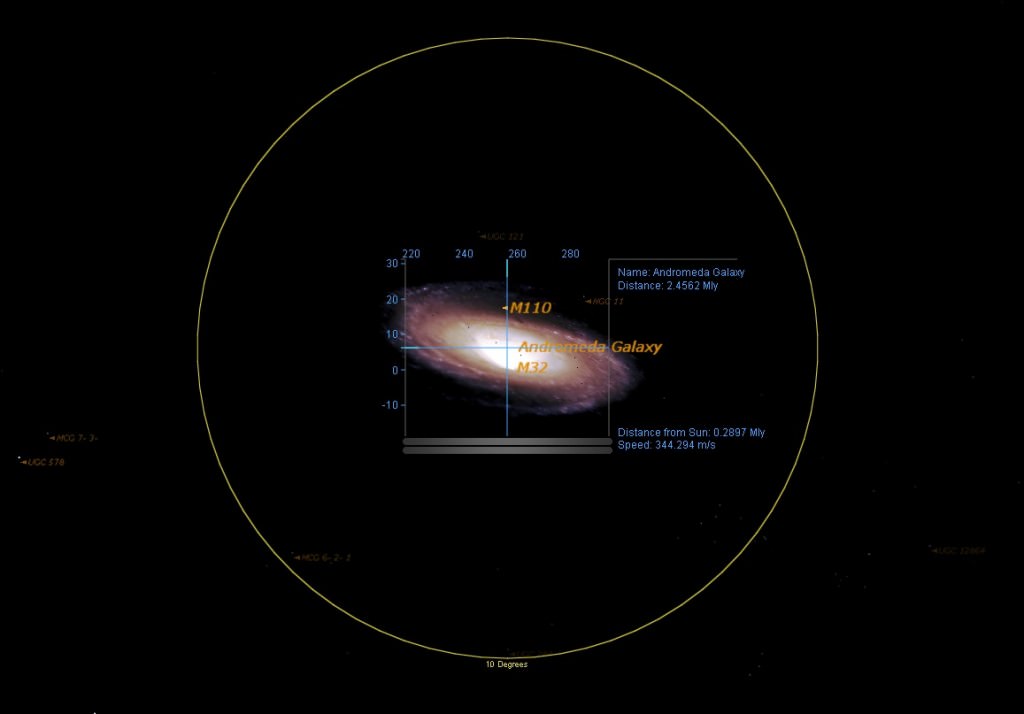
Mind not blown yet?
A 2014 study looking at extragalactic background light during a mission known as CIBER suggests that there may actually be more stars wandering the universe than are bound to galaxies…
But that’s enough paradigm-shifting for one day. Be sure to check out NGC 2419 and friends and remember, everything you learned about the universe as a kid, is likely to be false.

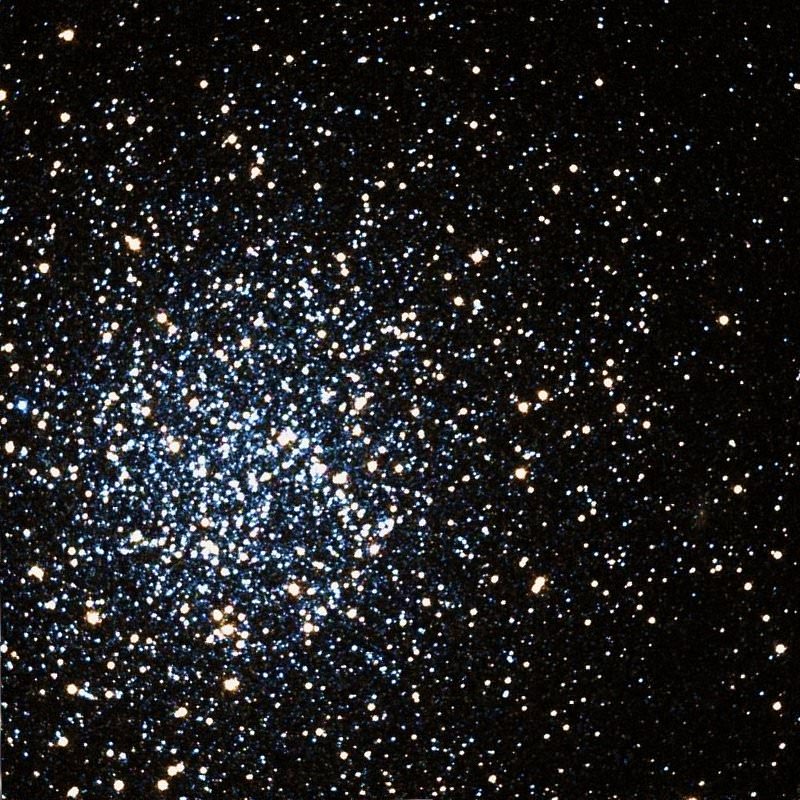
Globular Clusters are always favorites at star parties. They can be fairly bright and also show a fair amount of detail, especially during nights with good or exceptional seeing. My favorites are Omega Centauri in Centaurus or M13 in Hercules. But, M54 in Sagitarius is right up there too! It too probably was once the core of a now stripped bare bones dwarf galaxy. And BONUS! M54 is rising higher earlier every night whereas NGC 2419, far to the west at sunset, is dropping deeper into the ‘murk’ every evening.
Computerized or ‘go to’ scopes are great for anybody in a hurry or who has limited time for viewing(s). But how many of those super-duper computerized scopes are purchased, used a couple times, then left sitting in a closet? I much prefer to _experience_ the night sky using the computer on my shoulders. There is a very satisfying joy one feels after finding a particularly dim or difficult object. THAT is the reason I love visual astronomy! I like being there in real time and seeing fossilized light tens or hundreds of million years old, found by ‘hand’…
Yeah, looking through a lense with your naked eye without any electronics involved, is a different thing than a set of pixels on a screen. Gives a feeling of reality.
I believe the writer slipped a few decimal places (three, to be exact) in likening the travel time of light from the cluster (275,000 years) to the orbital period of the sun around the Milky Way (~225 million years). But, hey, it’s just zeros!
Yup. I plead mia culpa. Thanks!
Mea Culpa the “Mia Culpa”. Awesome Article, thanks David.
Although NGC 2419 was found to be a gravitationally bound cluster in the outer halo of the Milky Way galaxy, it is still reasonable to assume that unbound ‘intergalactic’ globular clusters(IGCs) exist in the Local Group. IGCs have been found in other galaxy groups and clusters(e.g. Fornax, Virgo, Coma, Abell 1689) so a search of the Local Group may turn up a few.
Recently, a dedicated search of the Sloan Digital Sky Survey ‘footprint’ turned up twelve candidate IGCs in the Local Group that were not close to any members of the LG or galaxies within 3 megaparsecs of the LG. If confirmed, these objects would represent the first of what appears to be a small number of globular clusters wandering around the LG, unbound to any galaxies. Details of the search can be found here:
http://fr.arxiv.org/abs/1503.02963
Thanks, good to know!